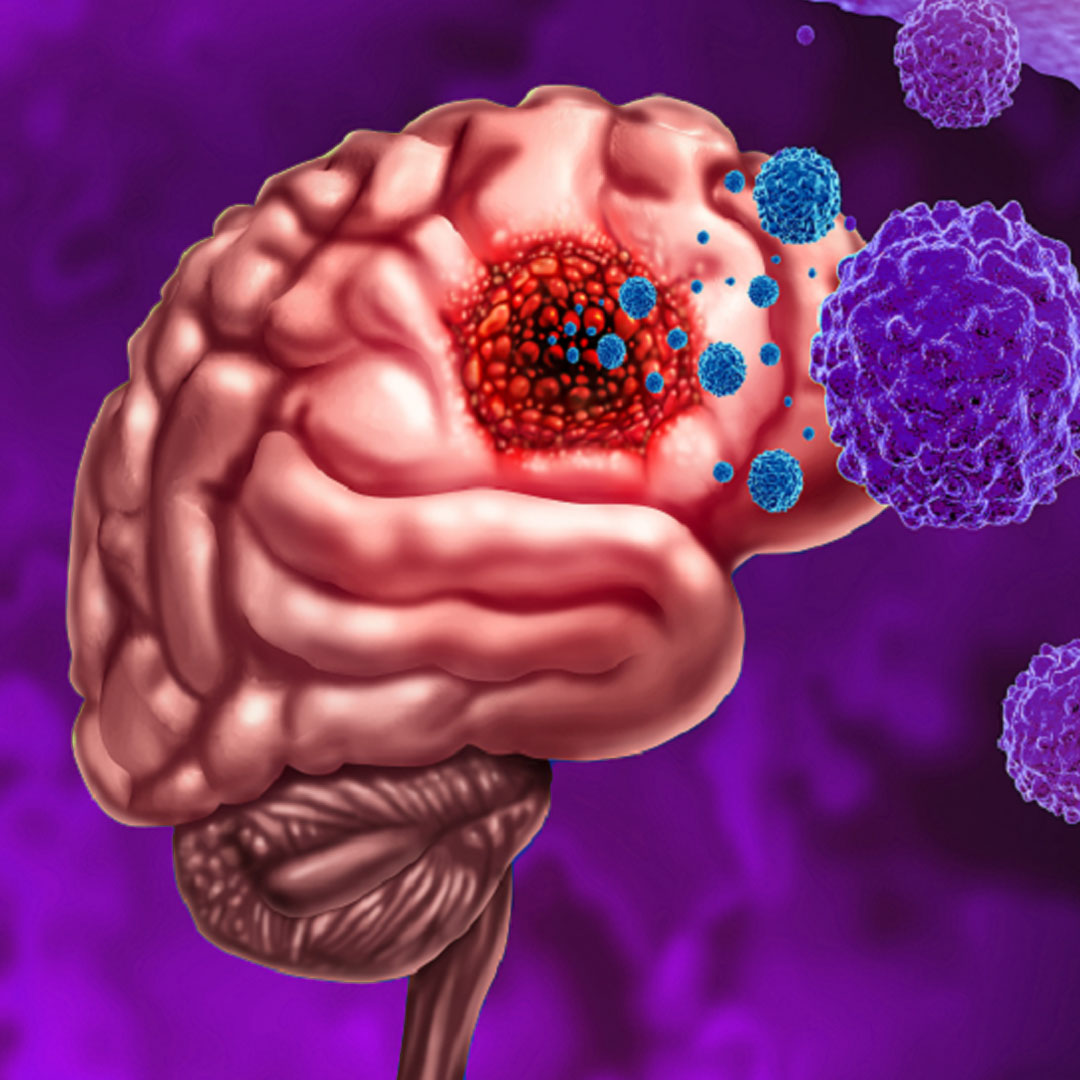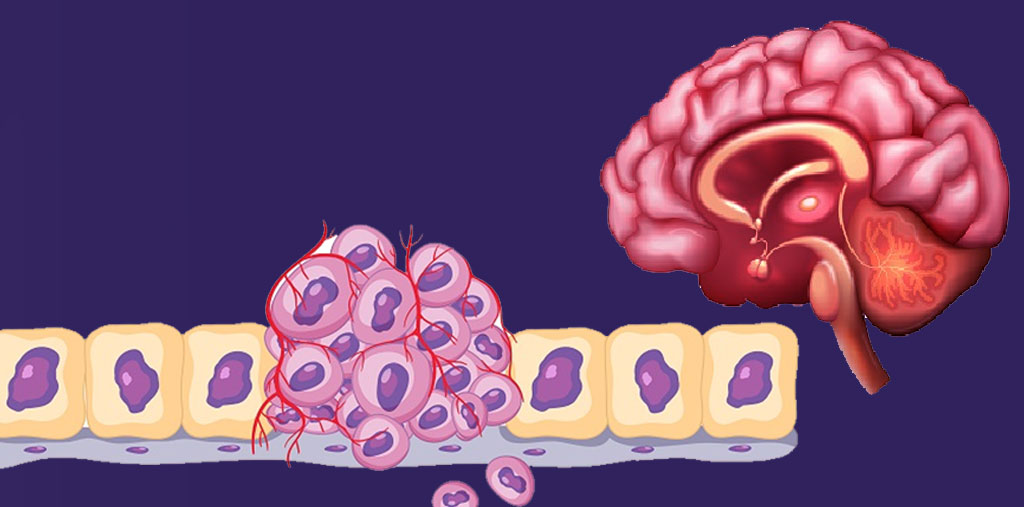Neuroblastoma
Neuroblastoma

Everything You Need to Know About This Rare Cancer in Children
Neuroblastoma is a type of cancer that primarily affects children. This disease involves a tumor made up of immature nerve cells known as neuroblasts. The tumor often forms in the adrenal glands or near the spine, and it is one of the leading causes of cancer in young children. In this article, we will cover all aspects of neuroblastoma, from its causes and symptoms to how it is diagnosed and treated.

What is Neuroblastoma?
Neuroblastoma is a type of cancer that arises from immature nerve cells called neuroblasts. These cells are typically in a developmental stage but begin to grow abnormally in this type of tumor, forming masses that may spread to other parts of the body. The tumor is also referred to as a "neuroblast cell tumor" because it consists of immature cancerous cells. It can affect multiple organs, including the adrenal glands, spine, and neck.
Causes of Neuroblastoma
Although the exact causes of neuroblastoma are unknown, research suggests that genetic factors may play a role in its development. Neuroblastoma is more common in children who have genetic disorders such as neurofibromatosis, Beckwith-Wiedemann syndrome, and Li-Fraumeni syndrome. Additionally, environmental factors and lifestyle may contribute to an increased risk of developing this disease, though research is ongoing to better understand these influences.
Stages of Neuroblastoma
Neuroblastoma can be classified into different stages based on the extent of its spread and size. These stages include:
- Stage 1:
The tumor is located in only one organ and has not spread to nearby lymph nodes or other organs.
- Stage 2:
The tumor is still in the same area but may have spread to nearby lymph nodes.
- Stage 3:
The tumor has spread to areas away from the original site.
- Stage 4:
The tumor has spread widely to multiple parts of the body, such as bones and the liver.
Symptoms of Neuroblastoma
Symptoms of neuroblastoma vary based on the location and size of the tumor. Some of the common symptoms in children with neuroblastoma include:
- Abdominal or back pain
- Swelling in the abdomen or neck
- Unexplained weight loss.
- General weakness and fatigue
- High blood pressure
- Changes in behavior or motor skills
- Difficulty breathing or swallowing in advanced cases
Risk Factors for Neuroblastoma
While the exact cause is unknown, several factors may increase the risk of neuroblastoma in children, including:
- Family History:
If a family member has had neuroblastoma or any other type of cancer.
- Genetic Disorders:
Certain genetic conditions, such as neurofibromatosis or Li-Fraumeni syndrome, may increase the likelihood of developing the disease.
- Age and Gender:
Neuroblastoma is more common in children under the age of five.
Complications of Neuroblastoma
If neuroblastoma is not treated promptly, it can lead to several complications, such as:
- Cancer spreading to other parts of the body, like the bones and liver
- Nerve damage if the tumor is near the nerves
- Loss of mobility in advanced cases
- Growth and developmental issues, especially if the treatment involves removing part of the nerve tissue
Diagnosing Neuroblastoma
Neuroblastoma is diagnosed through a combination of tests and examinations, including:
- X-rays and Imaging:
Imaging techniques such as MRI (Magnetic Resonance Imaging) or CT (Computed Tomography) scans help determine the location and size of the tumor.
- Blood tests:
Blood tests may reveal genetic markers associated with the disease.
- Biopsy:
A sample of the tumor is taken for microscopic examination to confirm the diagnosis.
Treatment for Neuroblastoma
The treatment for neuroblastoma depends on the size, location, and spread of the tumor, as well as the child’s age and overall health. The main treatment options include:
- Surgery:
The treatment for neuroblastoma depends on the size, location, and spread of the tumor, as well as the child’s age and overall health. The main treatment options include:
- Chemotherapy:
The use of drugs to destroy cancer cells. It may be used after surgery or if the tumor has spread.
- Radiation therapy:
The use of drugs to destroy cancer cells. It may be used after surgery or if the tumor has spread.
- Immunotherapy:
